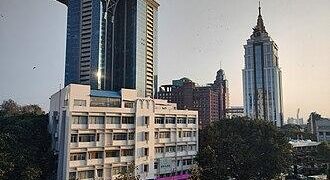In a rapidly evolving global trade landscape, the concept of reciprocal tariffs has emerged as a contentious issue, garnering significant attention from policymakers and economists alike. As countries seek to navigate the complexities of international trade agreements, the principle of reciprocity—whereby tariffs and trade barriers are adjusted in response to similar measures by trading partners—has led to heated debates about its implications. In the context of India, this raises critical questions: Are reciprocal tariffs a legitimate strategy for protecting domestic industries, or do they pose a greater threat to the nation’s economic stability? This article delves into the intricacies of reciprocal tariffs, exploring how this policy framework might impact India and examining New delhi’s strategic responses in light of these pressing challenges. We aim to provide a complete understanding of the dynamics at play,offering insights into the potential outcomes for one of the world’s fastest-growing economies.
Reciprocal Tariffs Unveiled: Understanding the Mechanism and Its Global Implications
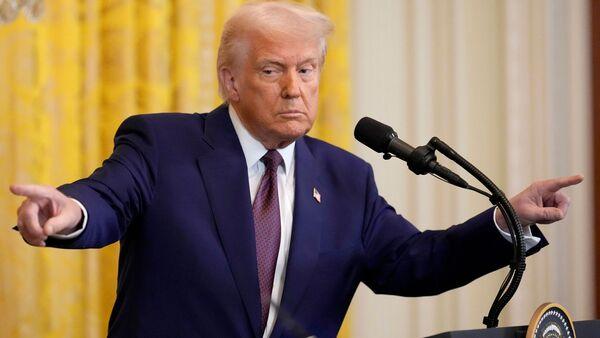
Understanding the Mechanism
Reciprocal tariffs are trade measures that countries impose in response to tariffs set by another nation,effectively creating a tit-for-tat scenario. When one country raises tariffs on certain imports, the affected country retaliates with comparable tariffs on equivalent products. This mechanism aims to protect domestic industries while exerting pressure on trading partners to reconsider their tariff strategies. Though, retaliatory measures can escalate into trade wars, leading to increased prices for consumers and disrupting established supply chains. Key characteristics of reciprocal tariffs include:
- Direct Response: Imposed in retaliation to another country’s tariffs.
- Targeted Products: Aimed at specific goods, often those of strategic economic importance.
- Potential for Escalation: Risks escalating tensions between trading nations.
Global Implications and India’s Response
The implications of reciprocal tariffs extend beyond the immediate economic landscape, influencing global trade dynamics, especially for prominent economies like India.As nations engage in retaliatory tariff actions, the interconnected nature of global markets means that Indian exporters may face challenges in their overseas markets, potentially leading to job losses and economic slowdowns domestically. In response to these challenges, India has taken several measures, including:
- Diversifying Markets: Seeking new trading partners to reduce dependency on major economies.
- Enhancing Negotiations: Pursuing trade agreements that mitigate the impacts of tariff escalations.
- Boosting Local production: Encouraging self-reliance through initiatives aimed at enhancing domestic manufacturing.
The Impact on India: Assessing the Threat of Increased Trade Barriers
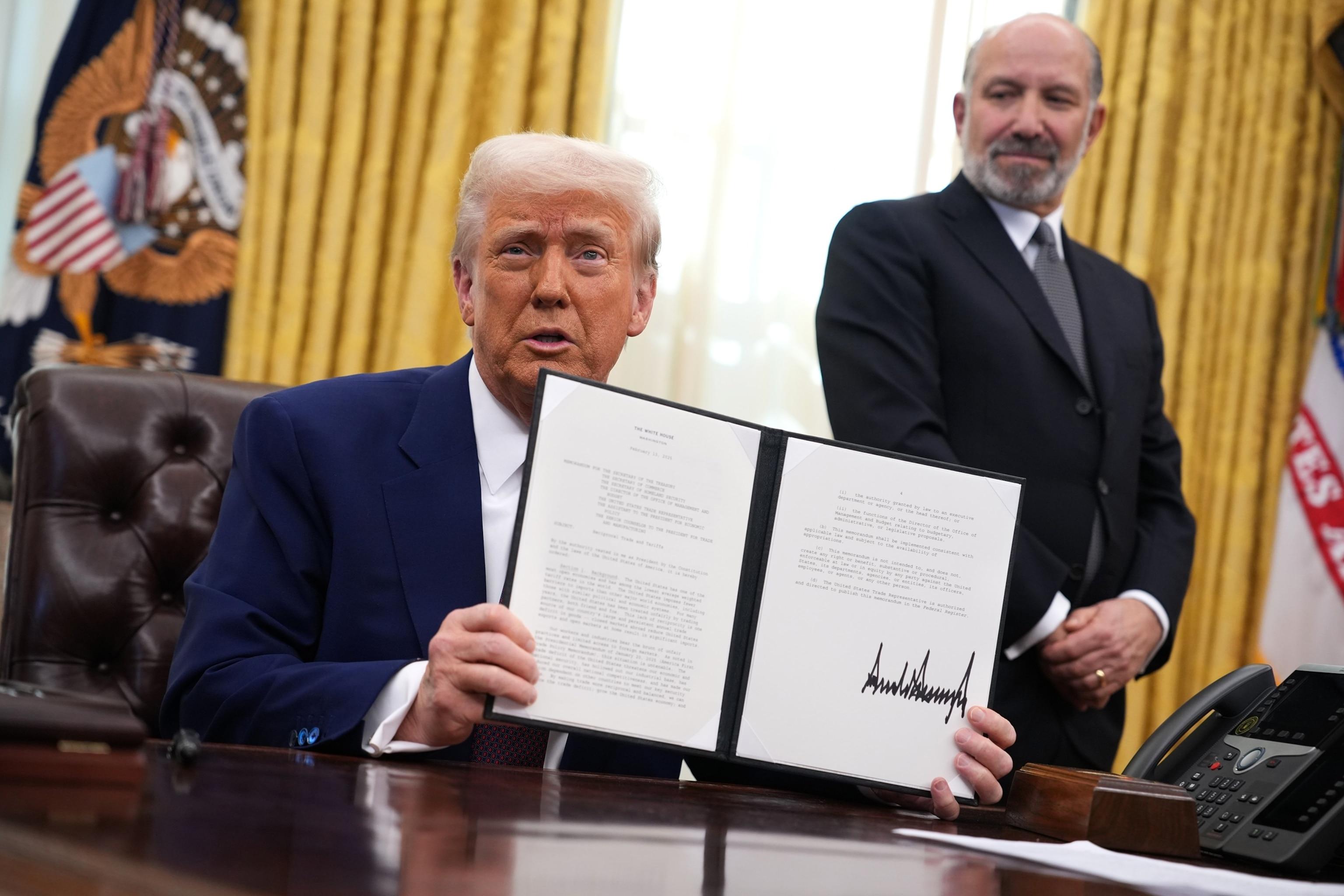
The imposition of increased trade barriers by key global players poses a complex challenge for India’s economy, significantly affecting its exports and import dynamics. As countries adopt reciprocal tariffs, Indian goods may face higher duties, leading to increased costs for domestic manufacturers and potentially undermining their competitive edge. This situation could result in a contraction of India’s export market, notably for sectors reliant on foreign markets, including textiles, pharmaceuticals, and information technology. Such barriers could also incentivize local industries to reassess their supply chains, forcing a pivot toward self-reliance as they navigate the changing landscape of international trade.
In response to these developments,New Delhi has signaled a commitment to fortify its trade relationships through strategic negotiations and diversifying its partner networks. The government is actively seeking to implement proactive measures, such as:
- Enhancing bilateral trade agreements
- Boosting domestic production capabilities
- Strengthening the Make in India initiative
These strategies aim to soften the blow of any retaliatory trade restrictions, while also promoting a more robust economy that can withstand external pressures. In addition, India’s approach involves engaging with international organizations to push for multilateral trade solutions that discourage protectionism, potentially safeguarding the country’s economic interests in an increasingly fragmented global market.
New Delhi’s strategic Response: Measures to Counteract Negative Effects
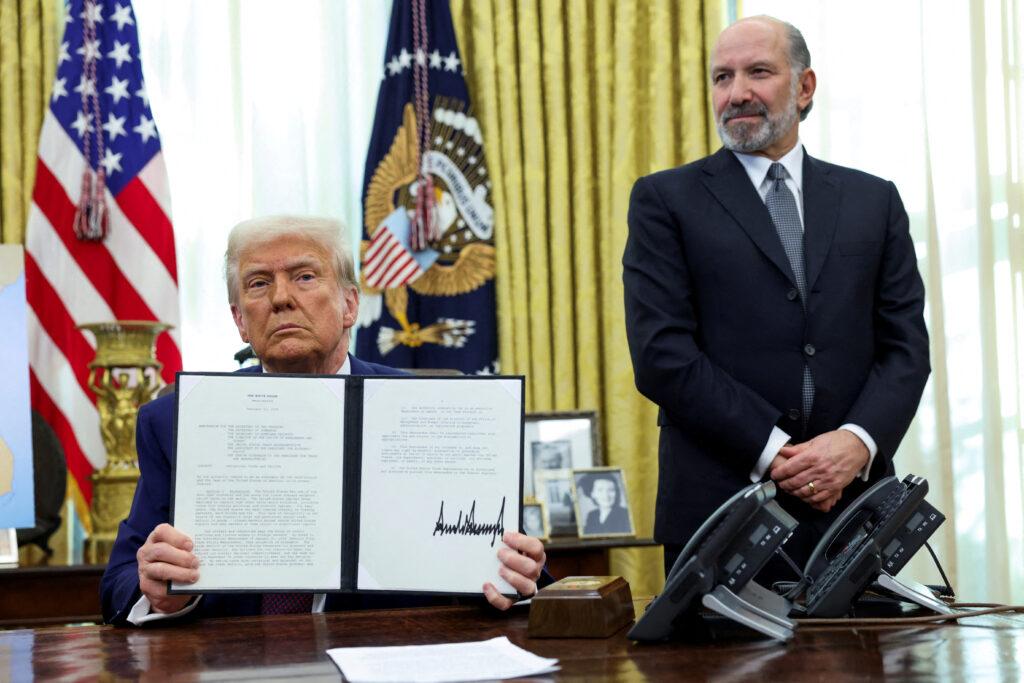
In response to the potential economic implications of reciprocal tariffs, New Delhi has initiated a multi-faceted strategic approach aimed at mitigating adverse effects on its economy. this involves strengthening diplomatic channels to engage in negotiations with trading partners and exploring avenues for bilateral trade agreements. The government is also focusing on enhancing its domestic production capabilities to reduce dependency on imports and ensure that local industries are protected. Specifically, measures include:
- Incentives for Local Manufacturers: Financial support and policy reforms to boost production and efficiency.
- Diversifying Trade Partners: Exploring new markets in Southeast Asia, Africa, and Latin America.
- Consumer Awareness Campaigns: Encouraging consumers to buy domestically produced goods to bolster the local economy.
Furthermore, New Delhi is stepping up its engagement with international economic forums to articulate its concerns and advocate for fair trade practices. The government has also proposed a review of existing trade agreements to identify and rectify any imbalances that may disadvantage Indian exporters. Additional steps include:
| Measure | Description |
|---|---|
| trade Policy review | Assessing trade agreements to ensure equity and practicality for Indian exporters. |
| Strengthening Customs Procedures | Making customs clearances more efficient to support faster trade operations. |
| Investment in Technology | Leveraging technology to enhance supply chain efficiency and resilience. |
Economic Allies and Trade Partnerships: Strengthening Ties Amidst Tariff Challenges
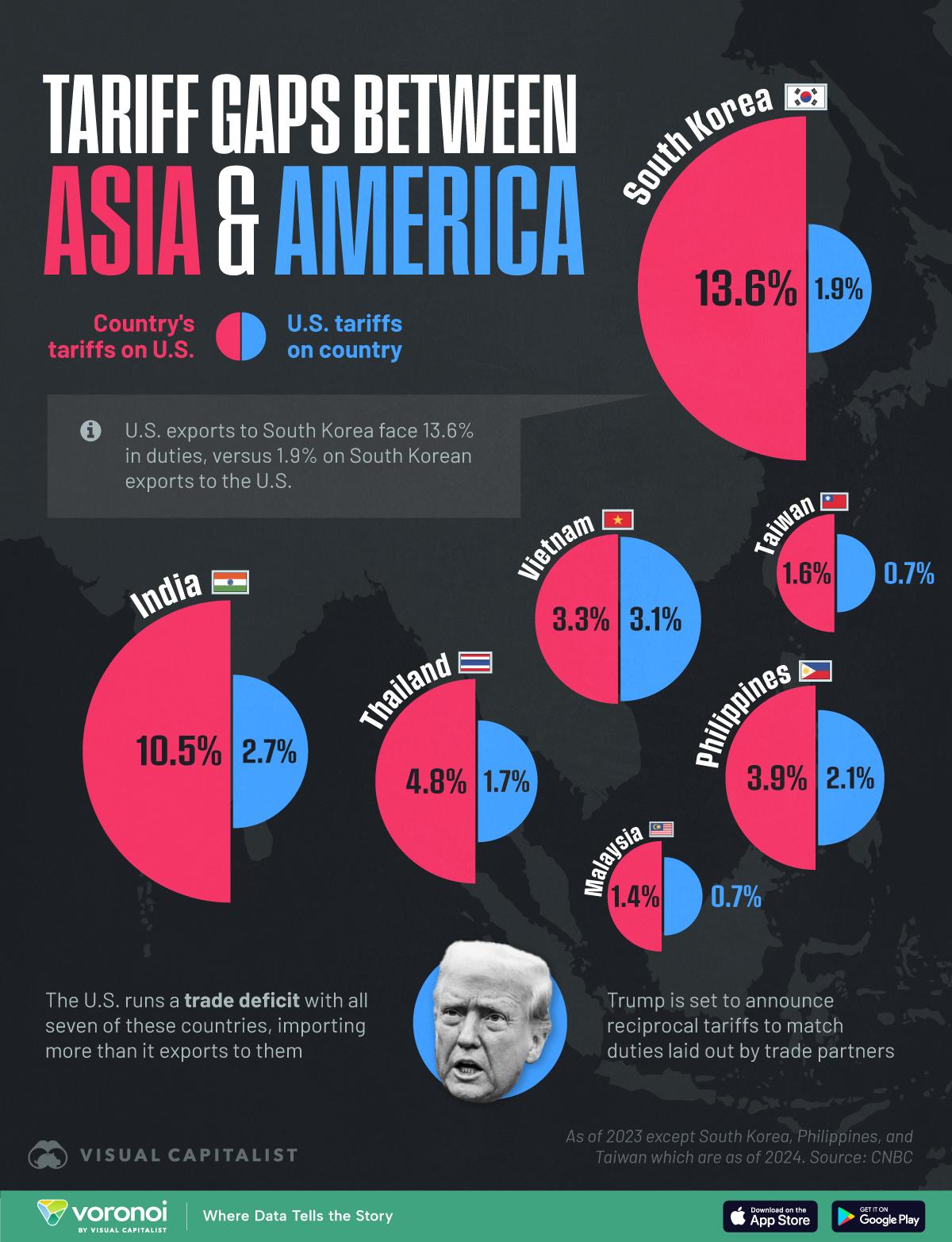
In the global landscape of trade, nations are increasingly finding innovative ways to navigate tariff barriers that threaten economic stability and growth. India’s strategic approach involves fostering economic alliances with countries that share similar interests, thus enhancing trade partnerships that could mitigate the impact of reciprocal tariffs. Through diplomatic negotiations, India aims to establish frameworks that encourage collaboration, focusing on sectors like technology, agriculture, and pharmaceuticals. This proactive stance not only aims to reduce import tariffs from amiable nations but also seeks to fortify domestic industries against external pressures.
Moreover,New Delhi’s response to the evolving tariff challenges highlights its commitment to maintaining a competitive edge. By diversifying its trade relationships, India is exploring potential agreements with emerging markets and established economies alike.The country’s efforts can be illustrated through the following initiatives:
- Focus on Free Trade Agreements (FTAs): Ongoing negotiations with various countries to promote tariff reductions.
- Strengthening Bilateral Trade Relationships: enhancing ties with key partners, such as Japan and Australia, to counteract potential threats.
- Investment in Domestic Production: Emphasizing self-reliance through initiatives like ‘Make in India’.
| Country | Key Focus Areas | Trade Agreement Status |
|---|---|---|
| Japan | Technology, Electronics | negotiating New FTA |
| Australia | Agriculture, Mining | final Stages of Agreement |
| Europe | Pharmaceuticals, Services | Exploratory Talks |
Long-term Projections: The future of India’s Trade Landscape
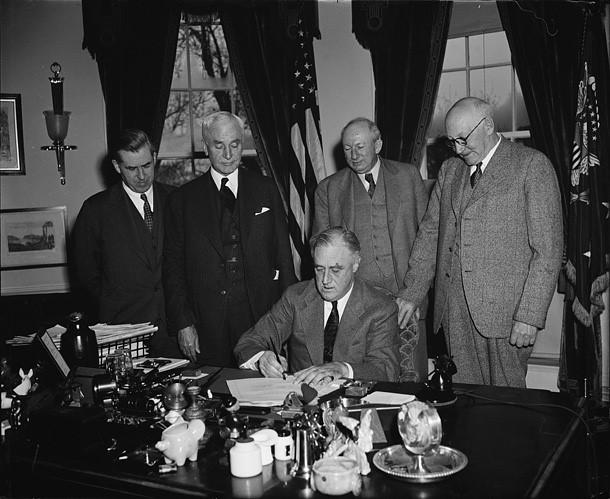
As global trade dynamics evolve, India’s position within international markets is undergoing significant transformation. Key factors influencing these changes include shifts in consumer preferences, technological advances, and changing geopolitical landscapes. Economists predict that India may become a major trade partner due to its vast market potential and emerging innovations. The focus on policies that promote export-led growth could redefine India’s trade route, enabling more integrated market access through regional trade agreements. Identifying priority sectors for trade expansion will be crucial, such as:
- Manufacturing and technology
- Agriculture and food processing
- Pharmaceuticals
Moreover, the country is likely to adapt its trade policies to mitigate the risks associated with reciprocal tariffs and global economic uncertainties. New Delhi’s strategic responses may include the negotiation of bilateral trade agreements aimed at lowering trade barriers and fostering economic cooperation. Investing in trade facilitation measures will be essential for maximizing export potential. A comprehensive trade strategy could prioritize:
- Strengthening logistics networks
- Enhancing digital trade frameworks
- Leveraging lasting practices
This foresight into India’s trade landscape reveals an optimistic yet cautious approach to harnessing opportunities amidst challenges, positioning the nation as a resilient player in the global economy.
Policy Recommendations: Navigating Tariff Regimes for Sustainable Growth

To foster sustainable economic growth in the face of evolving tariff regimes, it is crucial for policymakers to consider strategies that not only mitigate trade threats but also enhance domestic capabilities. Key recommendations include:
- Diversification of Trade partners: Establishing robust trade relationships with a wider array of countries can reduce dependency on a single market, thereby minimizing risks associated with reciprocal tariffs.
- Strengthening Domestic Industries: Investment in innovation and technology for local production can improve competitiveness while decreasing vulnerabilities to international tariff fluctuations.
- Negotiating Bilateral Agreements: Leveraging diplomatic channels to negotiate favorable terms with major trading partners can definitely help cushion against adverse tariff impacts.
Moreover, integrating a framework for regular assessment of tariff implications will be essential for proactive policymaking. Consider the following framework:
| Element | Description | Proposed Action |
|---|---|---|
| market Analysis | Evaluate the potential impact of tariff changes on various sectors. | Conduct regular market studies to adapt strategies accordingly. |
| Stakeholder Engagement | Involve industry leaders and trade associations in the decision-making process. | Facilitate forums for dialogue to address concerns and gather insights. |
| Adaptability | Be flexible in trade approaches to respond swiftly to tariff announcements. | Develop contingency plans for swift implementation in response to changing policies. |
The Way Forward
the concept of reciprocal tariffs poses significant implications for India’s trade landscape, particularly in light of escalating global tensions and the shifting dynamics of international commerce. As countries increasingly resort to such measures to protect their domestic industries, it raises concerns about potential retaliatory actions and the overall impact on economic stability. New Delhi’s strategic response to these developments reflects its commitment to safeguarding its interests while navigating the complexities of global trade. Moving forward, it will be crucial for India to adopt a nuanced approach, balancing protective measures with the need to foster international cooperation and maintain robust trade relationships.As the situation evolves, close monitoring of reciprocal tariff policies will be essential for understanding their full impact on India’s economic future.





